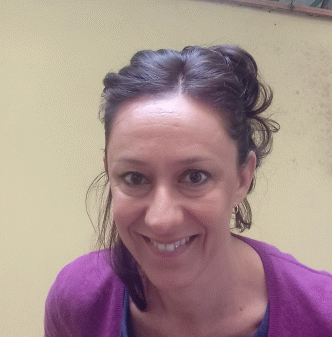Gabriella Cianciolo Cosentino, PhD
Associate Scholar

Gabriella Cianciolo Cosentino is professor of architectural history at the Universität zu Köln. She graduated in 1999 from the University of Palermo and went on to obtain her PhD in History of Architecture and Preservation of Architectural Heritage in 2004. She has received research grants and fellowships from Italian, German, and international institutions, including the MIUR (Italian Ministry of Education, University and Research), the DAAD (German Academic Exchange Service), the Alexander von Humboldt-Foundation, the Bibliotheca Hertziana, the Italian Academy for Advanced Studies in America at Columbia University. From 2014 to 2017 she was assistant professor at the Technische Universität München and responsible for a research project funded by the DFG (German Research Foundation). Between 2015 and 2019 she has coordinated a cross-disciplinary research project on Pompeii funded by the Fraunhofer Society and the Max-Planck Society based at the Kunsthistorisches Institut in Florenz. She is currently leading the project ‘GAP – Graffiti Art in Prison’.
- 19th- and 20th-century architecture
- Mural art (wall paintings, mosaics, graffiti)
- Reception studies
- Cultural Heritage
Central to my research is the interplay between (decorated) wall and architecture, surface and space, ornament and structure in different historical contexts (Ver-WAND-lungen). The focus is on Pompeian mural paintings and their transmedial transformation into the iron architecture of the 19th cent. as well as on ancient and medieval mosaics and their reception and revival in the 20th cent. (especially under fascist regimes). Ultimately, I examine prison graffiti as a means of spatial delimitation and appropriation, starting at the time of the Spanish Inquisitional Court and extending to the present day. At issue are not (only) decoration and iconography, but rather dynamic processes and interactions between materiality and technique, two- and three-dimensionality of the decorated surfaces and their physical and semantic transformation over time. During the 17th and 18th cent., Palazzo Chiaramonte (Steri) in Palermo was the site of the Tribunal of the Holy Office of the Inquisition and its prison. The cell walls, covered by graffiti made by the prisoners, are a monument of inestimable historical, artistic, and anthropological value. This palimpsest of writings and drawings is the focus of my investigation into mural art in prison, which will be extended geographically and chronologically to other forms of graffiti in places of confinement, in both their historical and contemporary situatedness. Methodological issues and topics related to graffiti will be examined, such as the relationship between freedom and censorship, the appropriation of space through art, the theory and practice of graffiti as well as its perception and value in different times and places. Particular attention will be paid to the motivation and production of graffiti in prison environments based on five main dimensions: material, corporeal, emotional, temporal, and spatial. The latter, the "hidden dimension", is crucial in detention sites and will be analyzed through a cross-disciplinary approach combining art history, architecture, and science of proxemics.


